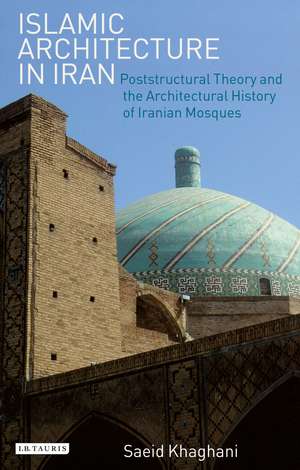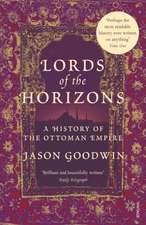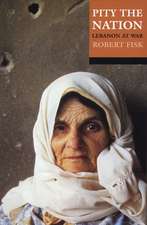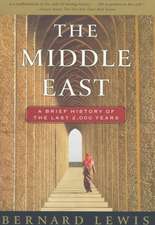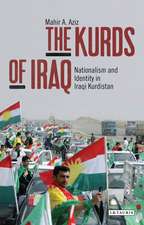Islamic Architecture in Iran: Poststructural Theory and the Architectural History of Iranian Mosques
Autor Saeid Khaghanien Limba Engleză Paperback – 29 aug 2017
| Toate formatele și edițiile | Preț | Express |
|---|---|---|
| Paperback (1) | 179.35 lei 6-8 săpt. | |
| Bloomsbury Publishing – 29 aug 2017 | 179.35 lei 6-8 săpt. | |
| Hardback (1) | 714.12 lei 6-8 săpt. | |
| Bloomsbury Publishing – 29 iul 2012 | 714.12 lei 6-8 săpt. |
Preț: 179.35 lei
Preț vechi: 220.09 lei
-19% Nou
Puncte Express: 269
Preț estimativ în valută:
34.32€ • 35.79$ • 28.53£
34.32€ • 35.79$ • 28.53£
Carte tipărită la comandă
Livrare economică 20 martie-03 aprilie
Preluare comenzi: 021 569.72.76
Specificații
ISBN-13: 9781788310451
ISBN-10: 1788310454
Pagini: 264
Ilustrații: 38 black and white integrated illustrations
Dimensiuni: 138 x 216 x 23 mm
Greutate: 0.38 kg
Editura: Bloomsbury Publishing
Colecția I.B.Tauris
Locul publicării:London, United Kingdom
ISBN-10: 1788310454
Pagini: 264
Ilustrații: 38 black and white integrated illustrations
Dimensiuni: 138 x 216 x 23 mm
Greutate: 0.38 kg
Editura: Bloomsbury Publishing
Colecția I.B.Tauris
Locul publicării:London, United Kingdom
Notă biografică
Saeid Khaghani is Visiting Assistant Professor of Persian Architectural History and Theory at the University of Tehran, Iran. He holds a PhD in Art History and Visual Studies from the University of Manchester.
Cuprins
IntroductionChapter 1: Islam as an AttributionChapter 2: IranismChapter 3: The Mosque as Public SpaceChapter 4: Difference and the Iranian Architectural DiscourseChapter 5: Difference and ParticularityConclusion
